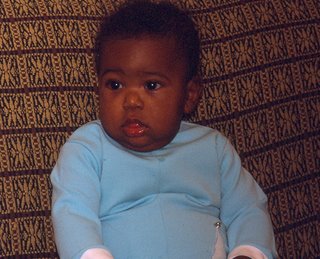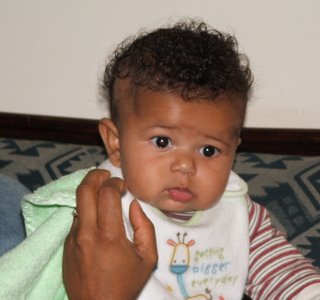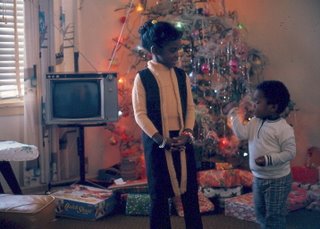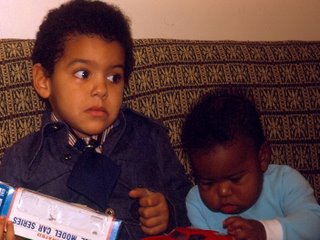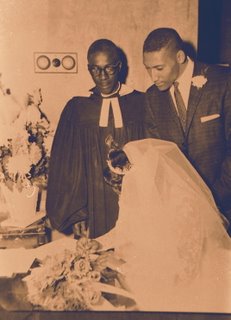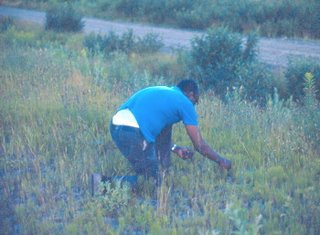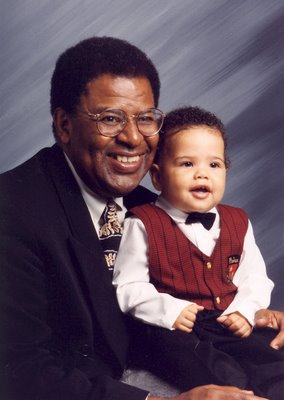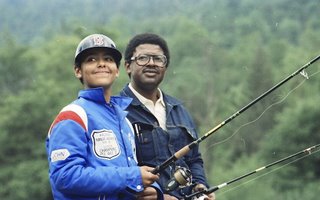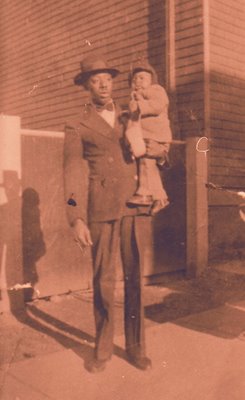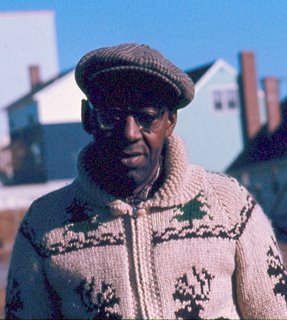

Silent Killer
The Unfinished Campaign Against Environmental Racism
"Another Africville in the Planning."
-M. Raymond Sheppard
The plight of the people of the African Nova Scotian community of Lincolnville continues based on Environmental racism. Recently, Premier Rodney MacDonald weighed in on this issue, after ignoring the concerns of Lincolnville during the recent provincial election.
In an email letter (June 19, 2006) to this former resident of Lincolnville MacDonald regurgitates largely what he has been told or fed.
He says, "The Municipality of Guysborough commenced the public consultation process almost three years ago. They have informed us that consultations on the development of a second-generation landfill between the communities of Lincolnville and Boylston began in September 2003.
According to their records a public meeting was held in Lincolnville on September 29, 2003 and in Boylston on September 30, 2003. The meetings were advertised in the local newspaper and notices were also posted in local communities.
Mr. MacDonald goes on to say, "Questions and attendance at the meetings were recorded and there were no questions given by members of the public that indicated absolute opposition to the plan to build a second-generation landfill.
Since 2003, in addition to these public meetings, quarterly editions of the municipal newsletter were utilized to inform all residents of the second-generation plans. Also, the municipality has a Landfill Liaison Committee which has met on a regular basis to ensure that the public is informed on all solid waste matters.
The Municipal Councilor, Sheila Pelly, and community representative, Alonzo Reddick, both from Lincolnville, are on the Landfill Liaison Committee. I have been informed that Mr. Reddick provided regular reports to the Lincolnville Development Association so that communications were provided directly to the community by a community member.
Openness and transparency are principles of effective consultation and the Municipality of Guysborough has shown that they applied numerous mechanisms to ensure that they adhered to those principles. There were entry-points and opportunities to raise concerns to the construction of the second-generation landfill that began some three years ago. The public consultation process was open to all community members.
"The Premier suggest, if I have and further questions, that I should make contact with the Director of Solid Waste for the Municipality of the District of Guysborough, one Gary Cleary.
If the good Premier had taken the opportunity of speaking with the residents of the community of Lincolnville he would have been given the community's view on the role race and privilege played and is playing in this ongoing nightmare faced by residents of Lincolnville.
Race is the most significant variable associated with the location of this hazardous waste site aka landfill. In the history of the Province of Nova Scotia, the greatest number of commercial hazardous sites and facilities has been located in or next to African Nova Scotian communities.
There have been more commercial hazardous waste sites and facilities located in and near African Nova Scotian community than non African Nova Scotian communities, with a great number of these sites and facilities located next to 1st Nations communities.
Generally with the Environmental Racism of late, community residents are duped into believing that they will somehow benefit from having their community used and abused. If the truth was to be told, like Africville, most African Nova Scotian communities are being continually planned out of existence based solely on the "Almighty Buck".
Speaking of which, the housing development known as Uniacke Square, where some forced former Africville Residents live, is now said to face demolition.
Many at-risk communities are victims of schemes and ploys that do not happen by chance, but rather by design.
The Municipality of Guysborough, members of a waste disposal company, and a few mis-guided brainwashed community members continue to attempt to convince African Nova Scotians in Lincolnville that dumping will somehow benefit them and that this crime against humanity is justified. The truth of the matter is that residents of the community of Lincolnville are facing health risks and possibly the extinction of their community and mine.
So would someone tell me where the children, grand-children and great-grandchildren of present community residents call home, and what legacy will they inherit? So who is benefiting from this exploitation?
Many studies throughout North America suggest clear relationships between a high concentration of African (racially visible) populations, low incomes and unhealthy environments. Poor African Nova Scotians do not have the economic means to leave their neighborhoods for resettlement elsewhere.
Housing discrimination often makes it difficult to find alternative dwellings at affordable rates. Industries that pollute are attracted to poor neighborhoods because land values, incomes, and other costs of doing business are lower. The industries are drawn to poor neighborhoods where political power and community resources to fight back are weak or lacking. Higher income areas are usually more successful in preventing or controlling the entry of polluting industries such as dumps to their communities.
The Nova Scotia Government, the Municipality of Guysborough and those fewer than three community residents should truly consider the consequences of their inaction and "Do The Right Thing". After all, the effects of pollution and environmental hazards on humans are real and well documented.
I would call on the Nova Scotia Government to clearly amend their environmental policies to take a bite out of injustice.
One realizes that this situation is not a situation that lends itself to an overnight solution, but doing the right thing is always the best solution.
Please rest assured community residents of Lincolnville and their many supporters across Canada and beyond will continue their rightful and sincere efforts to rid themselves of this racist cancer.
For more information on this grave injustice, please contact Concerned Residents of Lincolnville representative "Ms. Wendy Campbell and or Mr. James Desmond" at (902) 232-2223.
-30-


